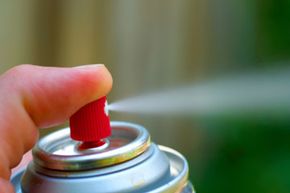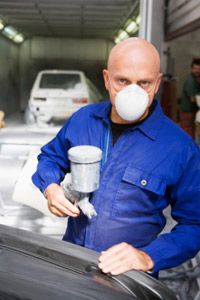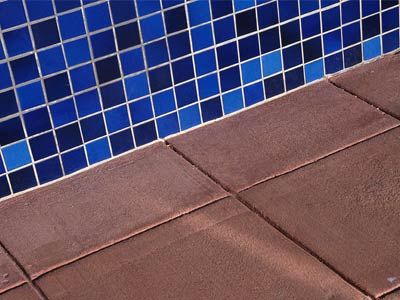Key Takeaways
- Spray paint, which manufacturers store as a mixture of paint and gas in a pressurized aerosol can, allows for easy and even application over various surfaces.
- Innovations in spray paint began with efforts to speed up industrial applications and have expanded into various markets including home DIY projects, art and even cosmetics.
- Environmental concerns have led to changes in the ingredients in spray paint, moving away from harmful ones to more environmentally friendly options.
You're looking for a way to breathe new life into your aging patio furniture. Your wife has changed her mind (again) about what color she likes for the shutters. The kid who lives next door needs to make a sign for a lemonade stand. Fortunately, there's a simple solution to all of these problems, and it comes in a can of spray paint.
Spray paint, also known as aerosol paint, is paint that's stored in a pressurized container and dispensed using a valve to release a mixture of paint and a propellant, usually pressurized gas or compressed air. The result is a fine, even mist that is easily applied to a variety of surfaces. Spray painting is one of three primary methods for paint application besides using a paintbrush or a roller, and is generally quicker, cleaner, and easier to achieve a uniform coat.
Advertisement
Spray paint started becoming a steadfast friend to do-it-yourselfers when American artist Francis Davis Millet developed an oil and lead mixture that could be sprayed to speed up preparations for the Chicago World's Fair. But it was Edward Seymour who thought to use an aerosol spray to dispense paint. In 1949, he demonstrated a new aluminum paint designed for finishing radiators on a large scale quickly. Aerosol spray cans had been around since Norwegian engineer Eric Rotheim invented the first one in 1931, and Seymour was simply piggybacking on this innovation as a way to showcase his own product [source: Harris]. But he was so intrigued by this new method of paint delivery that he directed his company, Seymour of Sycamore, to dedicate considerable resources to exploring its potential [source: Seymour of Sycamore].
Around the same time Seymour was working on his contributions to spray paint, Krylon and Crown Holdings Inc. were each developing new can designs that eventually gave rise to the metal cylinders we use today [source: Sattler]. They were smaller, lighter, cleaner and applied an even coat faster than a brush or roller could, making those small paint projects around the house a lot more manageable. And once the manufacturing industry discovered its benefits, spray paint went from a resourceful and useful invention to a full-blown industrial boon.
Today, spray paint comes in enamels, stains, flats and glossies, and there are varieties designed for virtually any surface, including wood, metal, glass, plastic and masonry. In other words, if it can be painted, there's probably a spray paint that can do the job.
In this article, we'll take a closer look at spray paint and see what makes it tick -- or rather, what that racket is when you shake it.
Advertisement




